inquiry
Premium Power for Demanding Adventures on Land and Water
For those who demand high performance in both freshwater and saltwater environments, our Group 27 LiFePO4 battery is the ultimate dual-purpose solution. It's built to the highest standards to deliver unwavering starting power for marine engines and deep-cycle endurance for your onboard amenities, ensuring reliability wherever your journey takes you.
Benefits of Haicen Group27 Batteries:
Built to Resist Harsh Environments:
Engineered with enhanced corrosion resistance on terminals and connectors to withstand the demanding, moist conditions of the marine environment.
High-Cycle Durability:
Designed to handle the frequent charge and discharge cycles common to both a weekend on the boat and a season in the RV, offering exceptional longevity in both use cases.
Vibration and Shock Resistant:
Constructed to endure the constant pounding of waves and the vibration of rough roads, ensuring mechanical integrity and long life.
Zero Maintenance Operation:
A completely sealed design eliminates the dangers of acid leaks and the chore of checking water levels. Just install it and enjoy reliable power.
The LiFePO4 batteries VS Lead-acid batteries:
| Haicen LiFePO4 batteries | VS | Old technology -Lead-acid batteries |
| Stable discharge condition | Low temperature condition | Unstable discharge condition |
| 3,500 times | Cycle life | <500 times |
| Around 10 years | Design life | 3 years |
| As little as 3.5 hours | Charging time | Up to 8 hours |
| No memory, opportunity charge | Charge frequency | Must charge after use |
| Multiple built-in protections, high thermal and chemical stability | Safety | Gas inside may cause explosion |
| 85% or more nominal capacity achieved at high working load | Available capacity | Only 30%~50% nominal capacity achieved under high working load |
| Maintenance-free | Maintenance | Regular water-adding and inspection required |
| Pollution-free | Eco-friendly | Lead is a toxic substance, may cause human lead poisoning |
| Extremely low | Energy loss | 15% |
Key Points for Quality control:
● Cell match: More strict cell matching standard, the difference of lnternal resistance is 1mΩ and voltage is 5mV.
● Automatic cells welding: Cells are assembled by Automatic welding equipments to ensure the quality reliability and consistency.
● 100% Cycle test: All battery packs are 100% cycle tested (Fully Discharged→Fully Charged→Fully Discharged→60% Charged) before package and all test reports are stored.
● Unique tracking number: All battery packs are lasered an unique number on the case side for quality tracking.
Certifications:
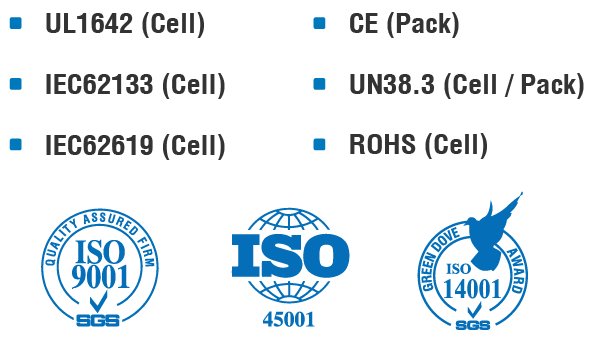
| UL1642(Cell) | IEC62619 (Cell) | UN38.3(Cell/ Pack) |
| IEC62133(Cell) | ROHS(Cell) | CE(Pack) |
Group 27 Battery Dimensions:
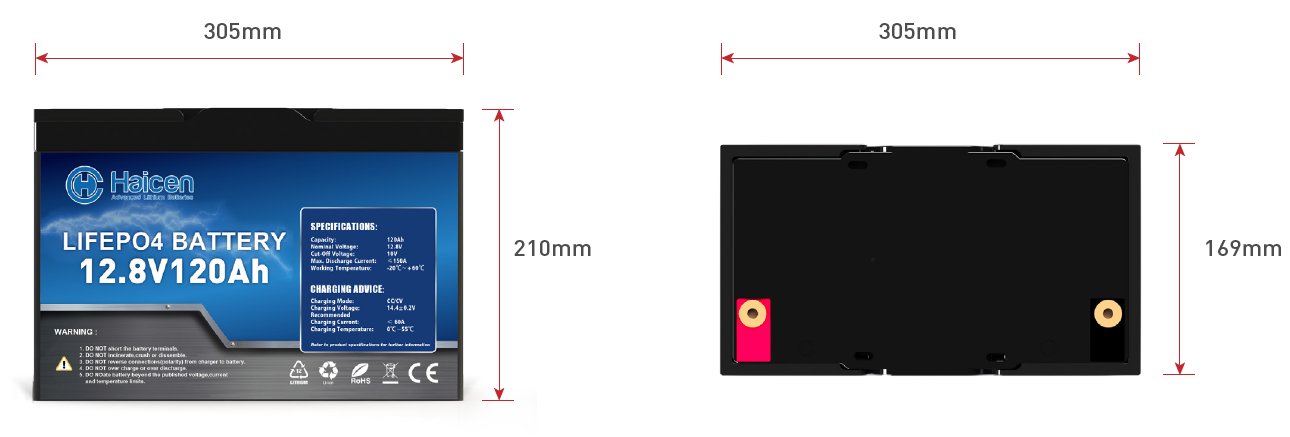
Internal Structure:
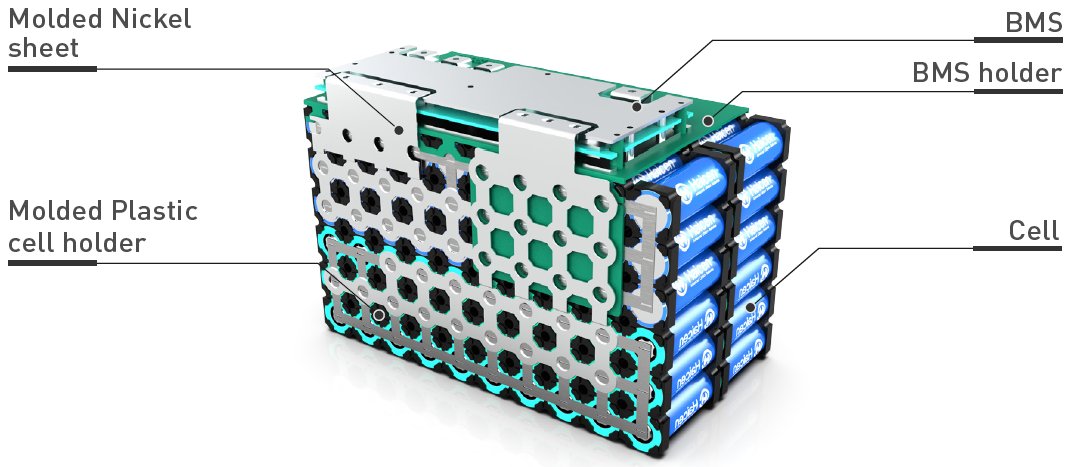
Characteristics Curve:
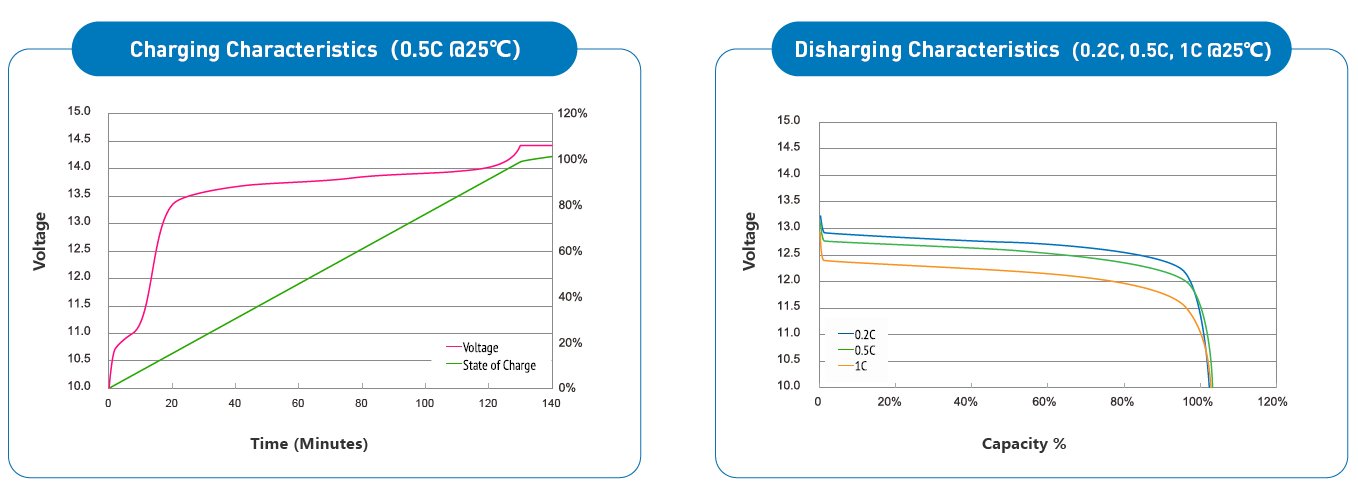
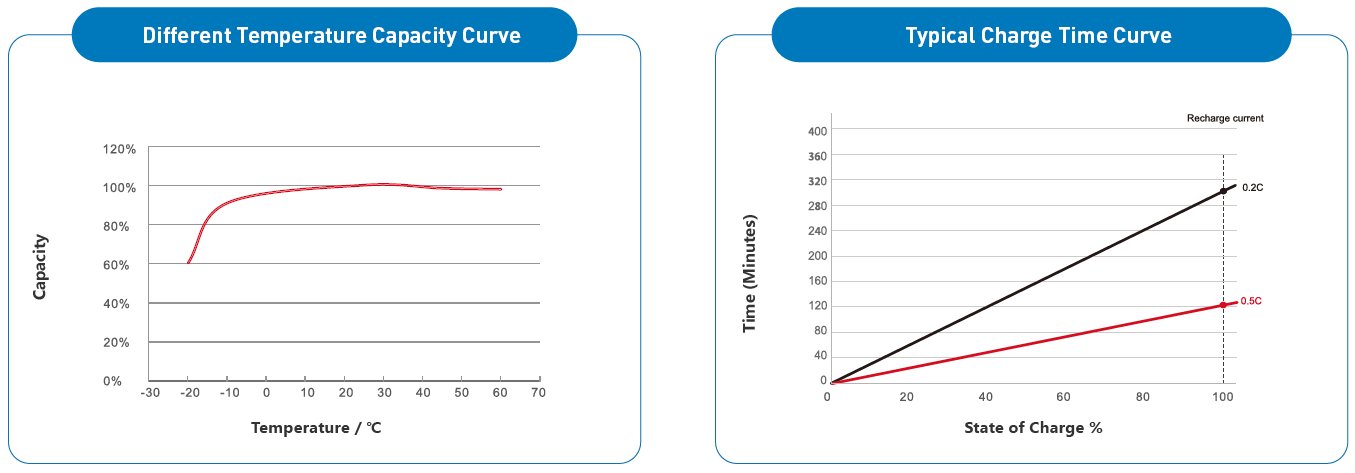
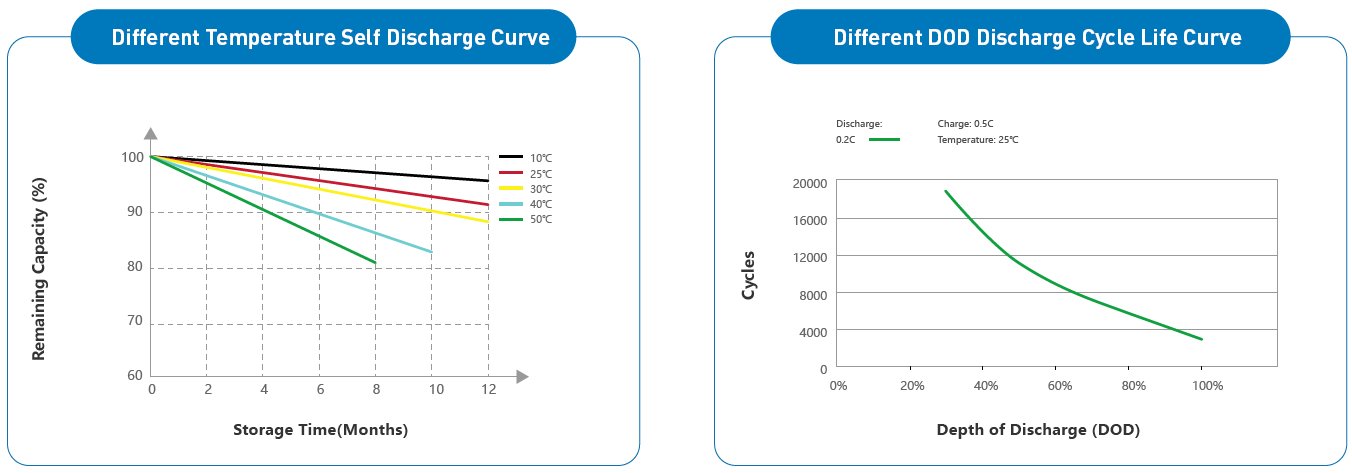
Ideal For: Owners of larger boats with demanding electrical systems (e.g., fish finders, live wells, large stereos), larger RVs that require robust power, and adventurers who need a single, premium battery solution for multiple high-end vehicles.
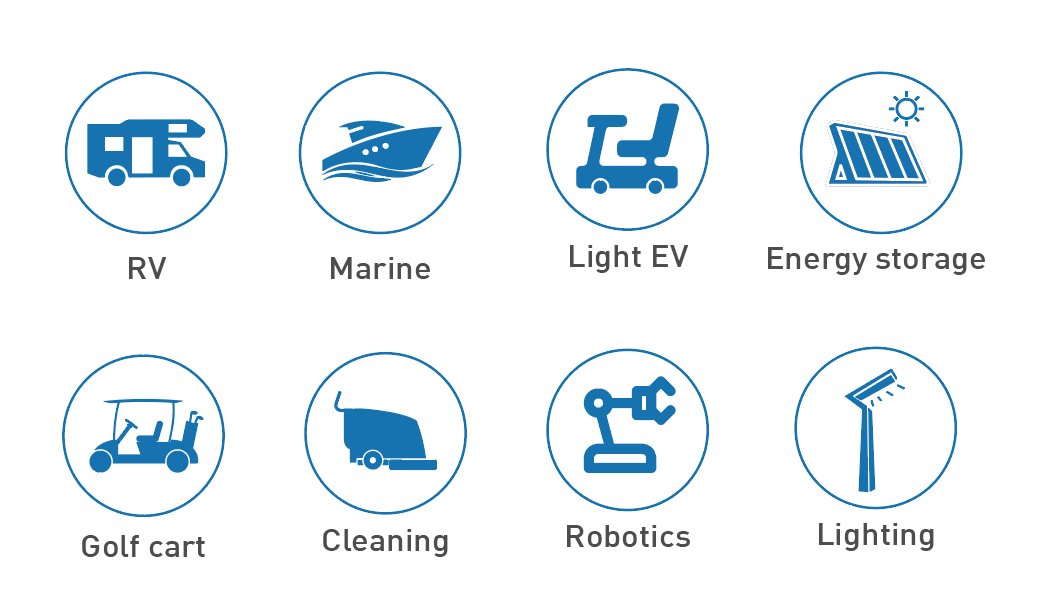
Customized items:
● Case color: Customized case color is acceptable based on quantity more than 300pcs per batch.
● Label design: We can help you to design customized label on the battery.
● Carton design: Customized carton is acceptable based on quantity more than 200pcs per batch.
● Certificates: 50% discount on certificates cost for first bulk order and 100% reback for future orders.
● NDA agreement: NDA agreement is allowed and necessary to protect your benefits.
Equip Your Adventure for Land and Sea. This is the high-performance battery built for your most demanding journeys.
| TECH & SPECS | Model | |||||
| HCG27-12120 | HCG27-12138 | HCG27-12150 | HCG27-2475 | HCG27-4835 | ||
| Electrical Specifications | Nominal Voltage | 12.8V | 12.8V | 12.8V | 24V | 48V |
| Nominal Capacity | 120Ah | 138Ah | 150Ah | 75Ah | 35Ah | |
| Parallel Connection | Max. 6units | Max. 6units | Max. 6units | Max. 6units | Max. 6units | |
| Serial Connection | Max. 4units | Max. 4units | Max. 4units | Max. 2units | No | |
| BMS | 4S150A | 4S150A | 4S150A | 8S80A | 16S50A | |
| Circuit Protection | Over charge, Over discharge, Over current, Over temp, Short, Balance | |||||
| Cycle Life | 3000times Cycles @100%DOD and 6000times @80% DOD | |||||
| Self Discharge | Less than 3% per month | |||||
| Charge Efficiency | 100%@0.2C | |||||
| Discharge Efficiency | 98-100%@1C | |||||
| Charge Specifications | Charge Voltage | 14.4±0.2V | 14.4±0.2V | 14.4±0.2V | 28.8±0.4V | 57.6±0.8V |
| Standard Current | 20A | 27A | 30A | 15A | 7A | |
| Fast Current | 60A | 69A | 75A | 37A | 17A | |
| Discharge Specifications | Standard Current | 20A | 27A | 30A | 15A | 7A |
| Max. Con. Current | 120A | 138A | 150A | 75A | 35A | |
| Peak Current | 600A(300ms) | 600A(300ms) | 600A(300ms) | 400A(300ms) | 200A(300ms) | |
| Cut-off Voltage | 10V | 10V | 10V | 20V | 40V | |
| Mechanical Specifications | Dimensions (mm) | 305x169x210mm(Group 27) | ||||
| Approx Weight(KG] | 13.5 | 14 | 14 | 14 | 13.5 | |
| Terminal Type | M8 | |||||
| Case Color/material | Black Plastic case(ABS) | |||||
| IP Rating | IP65 | |||||
| Cell Type | Cylinder LiFePO4 cell | |||||
| Cell holder | Yes | |||||
| Temperature Specifications | Charge Temp | 0℃ to 55℃ (32℉to131℉) | ||||
| Discharge Temp | -20℃ to 60℃ (-4℉ to 140℉) | |||||
| Storage Temp | -5℃ to 45℃ (23℉ to 113℉) | |||||
A deep cycle battery is designed to provide sustained power over extended periods and can be discharged up to 80% of its capacity repeatedly without damage. Unlike automotive starter batteries (which deliver short, high-current bursts for engine ignition), deep cycle batteries prioritize deep discharges and recharges. They feature thicker plates and denser active material to withstand cycling stress, making them ideal for renewable energy, marine, RV, and industrial applications.
Recharge immediately after use to avoid prolonged states of partial or full discharge. Do not regularly discharge below 50% Depth of Discharge (DoD) for lead-acid types or 80% for LiFePO4 batteries. For optimal longevity, recharge when the battery reaches 50% capacity (lead-acid) or 20% (LiFePO4). Avoid storing the battery in a discharged state, as sulfation (lead-acid) or cell degradation (lithium) can occur.
Yes, they are commonly used in off-grid and hybrid solar systems due to their ability to handle daily charge/discharge cycles. LiFePO4 batteries are increasingly preferred for solar applications thanks to their higher DoD tolerance, faster charging, longer lifespan, and minimal maintenance compared to traditional lead-acid batteries. Ensure compatibility with solar charge controllers and system voltage requirements.